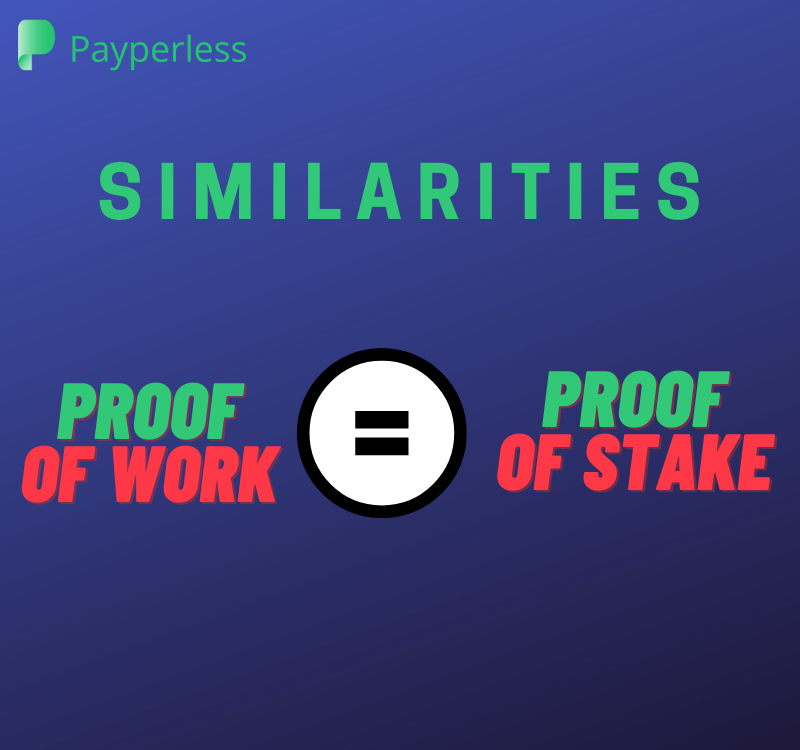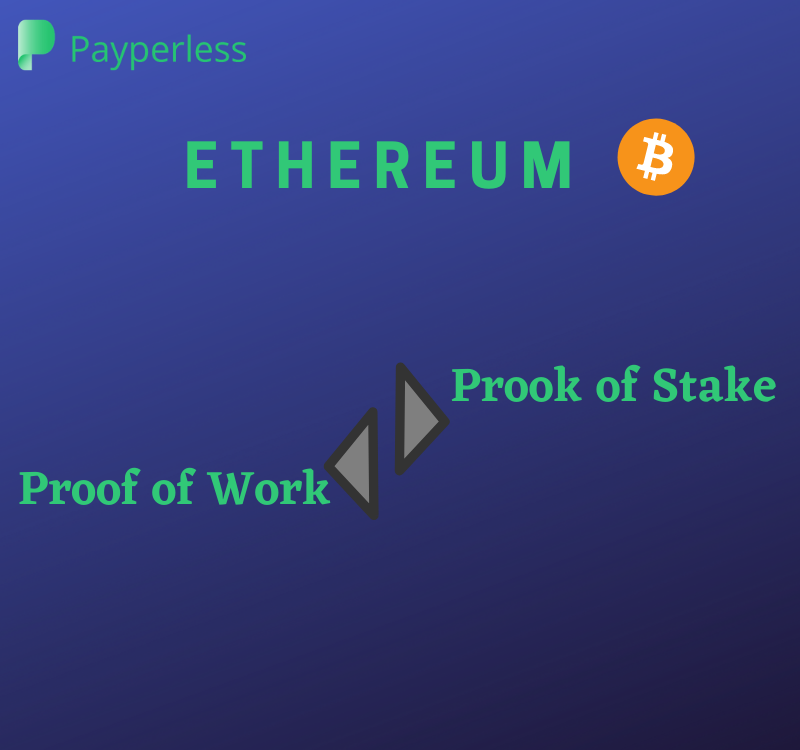Ethereum — Proof of Work vs. Proof of Stake. What’s the Difference?

While “proof of work” is the dominant algorithm in cryptocurrency, a newer method called “proof of stake” is gaining popularity.
The Ethereum community has long been working towards a more sustainable and eco-friendly way of creating currency. Proof of stake has emerged as a result of this endeavour; it acts as a direct alternative to proof of work, which both Bitcoin and Ethereum currently use to generate currency.
But what are the differences between proof of work and proof of stake? What is the future of both consensus mechanisms? We explore that today in the first of our blog series, “The Good, The Bad, and the Ugly Side of Ethereum.”
The similarities between proof of work and proof of stake

To discuss the differences between proof of work and proof of stake, we must first analyse their similarities.
As mentioned, both proof of work and proof of stake are consensus mechanisms, which is the core similarity that they share and what makes them juxtapose one another in discussions of the future of cryptocurrency.
To summarise, consensus mechanisms are the network of computers at any given cryptocurrency. They secure the software from threats and regulate the issuance of new units of its supply. Proof of work and proof of stake are the two most-commonly used consensus mechanisms. Now, onto what makes them so different from one another… and how these differences are shaping the future of blockchain.
The differences between proof of work and proof of stake

The main differences between proof of work and proof of stake are as follows:
- Speed: Proof of stake is faster than proof of work. Every time a transaction is sent, it takes approximately 10 minutes for the network to confirm it using proof of work; Bitcoin, for example, can handle roughly seven transactions per second, and this lag has caused increased transaction fees. Proof of stake, however, permits transactions to be processed in a few seconds, which keeps transaction fees for those networks low.
- Ecological footprint: Proof of work relies on the cost of the electricity it burns in order to protect against potential network threats. Proof of stake, on the other hand, minimizes its ecological footprint by offering direct economic incentives via both block rewards and the seizing of stakeholder bonds. This means that a proof of stake network has no lower bound on the amount of energy it needs to expend.
The future of cryptocurrency
Why the focus on minimizing Ethereum’s carbon footprint? Well, recent estimates from the University of Cambridge have placed Bitcoin’s average annual energy consumption at 130TWh, which would put it on a par between the energy consumption of both the Ukraine and Argentina.
For Ethereum itself, its annual energy consumption has placed it at around the same gigawatt-draw of Ecuador.
This push towards a more sustainable and eco-friendly way of generating and managing cryptocurrency has made it so proof of stake will become a strong contender in the near future. Ethereum Staking exchanges are the big winners.
What are your thoughts? Do you see networks making the switch?
Be sure to keep an eye out for the next blog in our series — where we take a look at the man behind Ethereum.